With the end of Philip Newsome’s mandate as EASL Secretary General in June 2021, EASL held its traditional handover of the head of its Governing Board: Former Vice-Secretary Thomas Berg became the new Secretary General, and EASL welcomed its new Vice-Secretary, Aleksander Krag. He took the time to answer to our questions and introduce himself.
We are pleased to share with you his portrait and the different stories that have shaped his impressive career and paved his way to the Home of Hepatology.
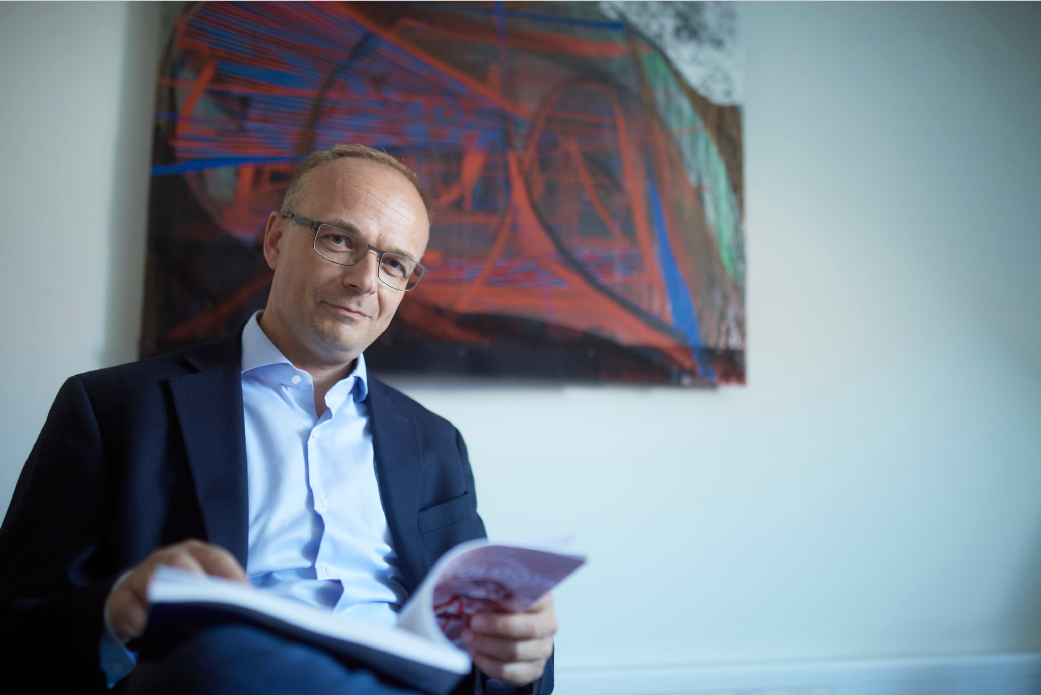
My story with EASL
For how long have you been an EASL member?
I’ve been an EASL member for as long as I can remember! More than 15 years, I think. I joined when I was a PhD student. Ever since, I have participated in as many EASL events as possible and benefitted immensely.
Now it’s time for me to help lead the EASL activities, to pay a little back from all the benefits I have enjoyed over the years. To ensure that EASL continues to thrive and evolve as the number one platform in the world to learn, to share knowledge, to engage with friends and colleagues across the world, all together, uniting hepatology. I want as many of them as possible to experience what I have experienced.
I was drawn to EASL, because I quickly understood that EASL had so much to offer: EASL unites hepatology; EASL embraces all liver diseases and all people across the globe who are interested in liver diseases – and as a young clinician, that was exactly what I was looking for.
Why was it important for you to join the Home of Hepatology and what motivated you at that time?
I was drawn to EASL, because I quickly understood that EASL had so much to offer: EASL unites hepatology; EASL embraces all liver diseases and all people across the globe who are interested in liver diseases – and as a young clinician, that was exactly what I was looking for. I wanted the international perspective and a chance to engage with and learn from like-minded people from abroad.
EASL seemed like a likely network to bring me in contact with people. I had read many papers and knew many names, and what they had done, but no faces. I was curious to link these and to connect with the people behind the names. My mentors were long-term EASL members and Søren Møller had just served in the Scientific Committee of EASL.
For example, I was interested in the work of Pere Gínes and knew he was an EASL member. I first met him at my poster at ILC. We discussed renal physiology in patients with ascites. Although I was a little anxious, there was a connection and we have been friends since.
What is a favourite EASL Event memory of yours?
There are several, but I wish to flag two events that are references for what EASL educations stand for to me. It was a privilege to serve as faculty in the EASL School of Hepatology in Belgrade 2014 and the Masterclass in Pavia, outside Milan, in 2015. I experienced such enthusiasm and a drive to engage and learn. The atmosphere was relaxed and open – such perfect settings. The last night in Belgrade, the entire group was dancing together and in Pavia we made our own ravioli with spinach and ricotta. Not the best ravioli I have had, but certainly the most fun to make.
As a trainee in GI and Liver, I first presented my research at Digestive Disease Week (DDW) and United European Gastroenterology (UEG), but quickly discovered that my heart belonged to the liver. So my ILC début was presentations at ILC in 2007 in Barcelona, followed by ILC 2008 in Milan, and every year since. There are numerous great memories, but engagement with other young fellows, such as Jonel Trebicka and Wim Laleman, has led to close friendships and several exciting research projects, including two Horizon 2020 research grants.
My ILC début was presentations at ILC in 2007 in Barcelona, followed by ILC 2008 in Milan, and every year since.
At ILC, I always look forward to meeting my liver friends and in particular those with joint projects, such as Manolis Tsochatzis, Isabel Graupera, Pavel Strnad, Annalisa Berzigotti, Thomas Reiberger, Detlef Schuppan, Matthias Mandorfer, Virginea Hernández-Gea, Agustin Albillos, Hannes Hagström, Sebastian Mueller, and many more.
I’ll never forget at an ILC where Jonel Trebicka and I had several posters next to each other and we had great discussions about everything – there was an attunement and we stayed friends thereafter.
What three words or phrases define your experience with EASL?
When I think about what EASL stands for, values like uniting, advancing, sharing, collaborating, innovation, diversity, and friendship come to my mind. They capture my motivation to join the EASL Governing Board – something very valuable and worth supporting that resonates with my values in life.
Looking back, how has it been important to your career to be a member of the EASL community?
It helped my career, by enabling me to present and discuss my research internationally, which made me grow as a researcher. EASL is sort of a gateway to the international community. Being a member helped me develop my network through various EASL activities, like ILC, EASL Schools, and Masterclasses – in the beginning as an attendee and later as faculty. This network is the basis for all I do today. Most of my research is collaborative.
At ILC, I had the chance to meet and discuss with all the people I knew from their papers – all the stars.
I have benefited immensely from seeing how colleagues act, think, and work in other countries.
My message to the next generation of hepatologists
As an EASL GB Member, what would you say to a young hepatologist considering joining EASL?
Join EASL, the international community to be inspired, to watch and learn from others. It will bring learning and wonderful contrast to your day-to-day business. EASL is an ecosystem offering you a chance to capture the bigger picture of how the field is evolving, and to broaden your horizons.
Joining EASL, I felt a sense of belonging – thus the position of EASL as the Home of Hepatology resonates deeply with me.
I would encourage young hepatologists to join EASL because of the various programmes the association offers Young Investigators. Developing their skills and pushing their research further is a unique opportunity.
I would say: use the EASL network to stay connected or to take the next step to pursue your dreams and grow.
EASL supports the younger generation of hepatologists by offering different programmes such as Schools, Masterclasses, Mentorships, and Awards. The next generation of hepatologists can take advantage of this, to carry our field forward into the future, towards the next discoveries.
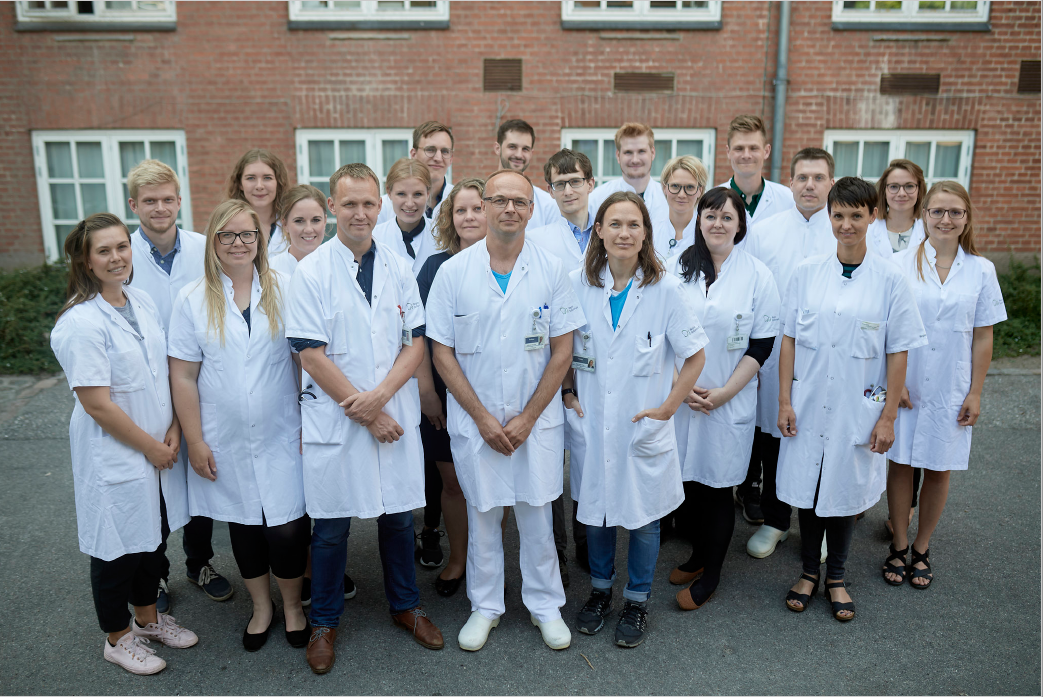
EASL supports the younger generation of hepatologists by offering different programmes. The next generation of hepatologists can take advantage of this, to carry our field forward into the future, towards the next discoveries.
What words would you offer to a young clinician considering specialising in hepatology?
Follow your heart! To quote from thirteenth-century Persian poet, Rumi: Let yourself be silently drawn by the stronger pull of what you truly love. It will not lead you astray.
This field will be rich in moments where you will feel more like a detective. Diagnosing liver diseases can be very challenging. Thus, there is always more to learn and nobody knows it all.
Don’t forget to draw upon colleagues and friends when things get tough.
This specialisation will take some, even many years of hard work, but it will send you on a fascinating journey. We are entering extremely exciting times in hepatology, with a wide range of new possibilities becoming available. Several new treatment options across the spectrum of liver diseases are on the way. This opens avenues for early diagnosis and using new tools to support clinical decision-making. We are moving towards more personalised healthcare, too. This development is fuelled by technology and digitalisation.
EASL brings together people with unique and separate capabilities, knowledge, and experience, which form the key prerequisite for seeing, questioning, and understanding research questions, personal development, and leadership in new ways.
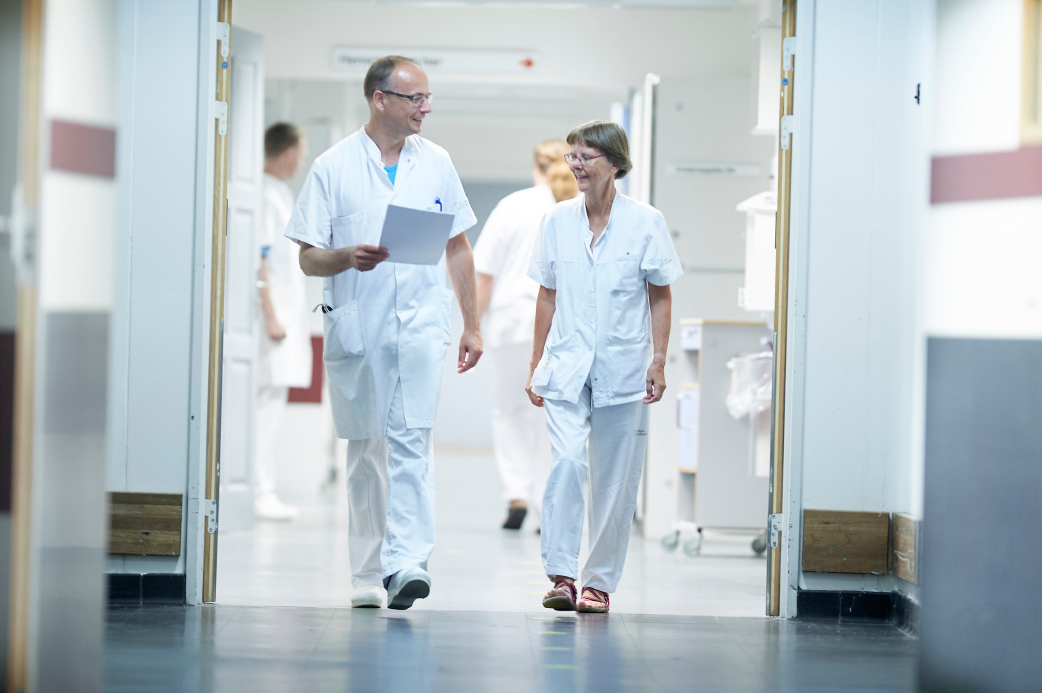
In my heart (and liver), I’m an MD, and my starting point is always to consider first the best interests of the patient.
Looking towards the future
What’s your dream for the next breakthrough in Hepatology or what would you like the next Nobel Prize that Hepatology wins to be for?
The common denominator for chronic liver diseases is fibrosis. This is what ultimately ends up killing most of our patients. A breakthrough in antifibrotic treatments would be a gamechanger in hepatology.
A new Nobel Prize given to the European Commission for putting political action behind words and for protecting citizens in Europe from lifestyle-associated liver diseases.
As EASL’s new Vice-Secretary, how will you serve the Home of Hepatology?
I’m humble towards the strong traditions of EASL and all that has been built and achieved at the Home of Hepatology. I’ll stand on the shoulders of giants, doing my very best to serve and protect what EASL stands for. EASL is a long-term commitment, uniting hepatology, by representing all liver diseases and all who are interested in them.
I see EASL leadership as a team effort. EASL brings together people with unique and separate capabilities, knowledge, and experience, which form the key prerequisite for seeing, questioning, and understanding research questions, personal development, and leadership in new ways. Such interaction propels creativity and organisational success.
However, there are always issues and challenges that calls for action, changes, and new ideas to be unfolded. My vison is to be ambidextrous: with one hand to serve, protect, and exploit all that EASL has achieved so far and with the other, to explore new opportunities to make sure that EASL remains strong and always relevant to its stakeholders, also in the future.
We aim at a moving target; the post-COVID world is yet to unfold. One thing is sure – it will never be the same again. The speed of change and need for adaptive developments continues to rise. On our end, we observe a changing landscape and epidemiology of liver diseases, numerous new drugs on the way, overstretched resources and healthcare systems under pressure, and the emergence of the digital revolution, just to mention a few things that will impact the way we do business.
I envisage a managerial approach that balances management with leadership, where management is running the business – getting things done in an efficient way, while leadership is stopping up, analysing the system, and accordingly setting a direction to both navigate the challenges and benefit from new opportunities.
The challenge is to maintain a competitive advantage in a fast-changing world – to stay relevant to all stakeholders. All this, and still in a way that stimulates people to evolve and thrive.
The basic strengths of EASL that cannot be compromised, include being the number one platform in the world to learn, to share knowledge, to engage with friends and colleagues across the world and for sponsors to engage with the liver community, all together, uniting hepatology.
What do I stand for? In whatever I do, I’ll always consider: inequity, diversity, inclusion, transparency, and sustainability.
In my heart (and liver), I’m an MD, and my starting point is always to consider first the best interests of the patient.
In my engagement with other human beings, patients, friends, and colleagues, I have a guiding principle derived from a quote from German literary giant, Johann Wolfgang von Goethe: The way you see people is the way you treat them, and the way you treat them is what they become.


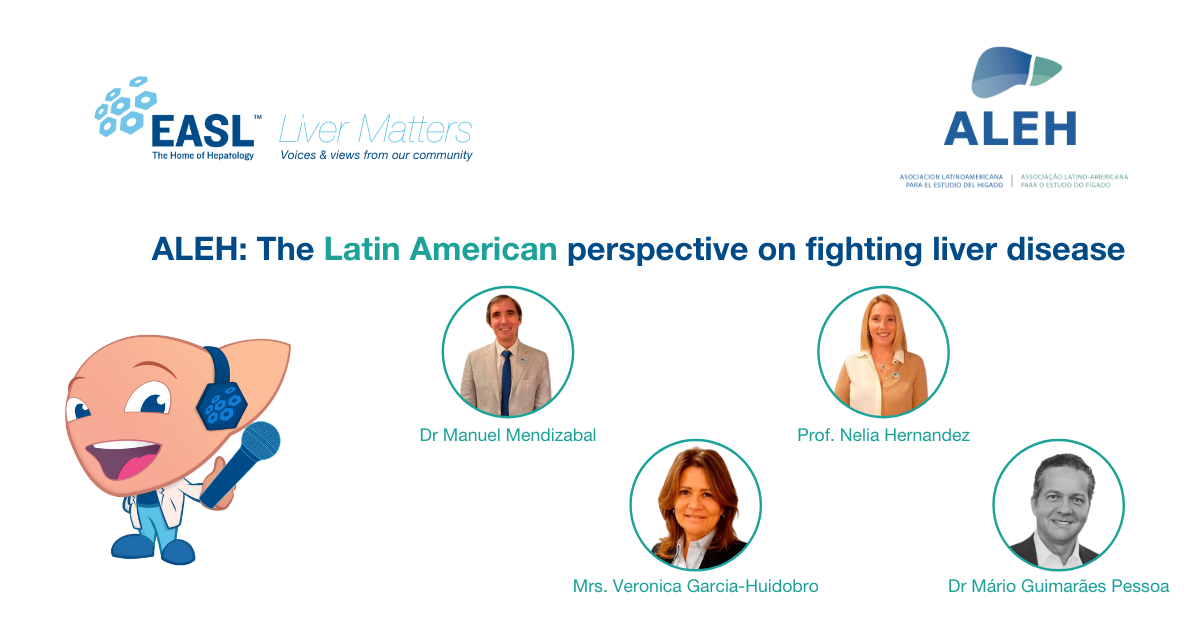

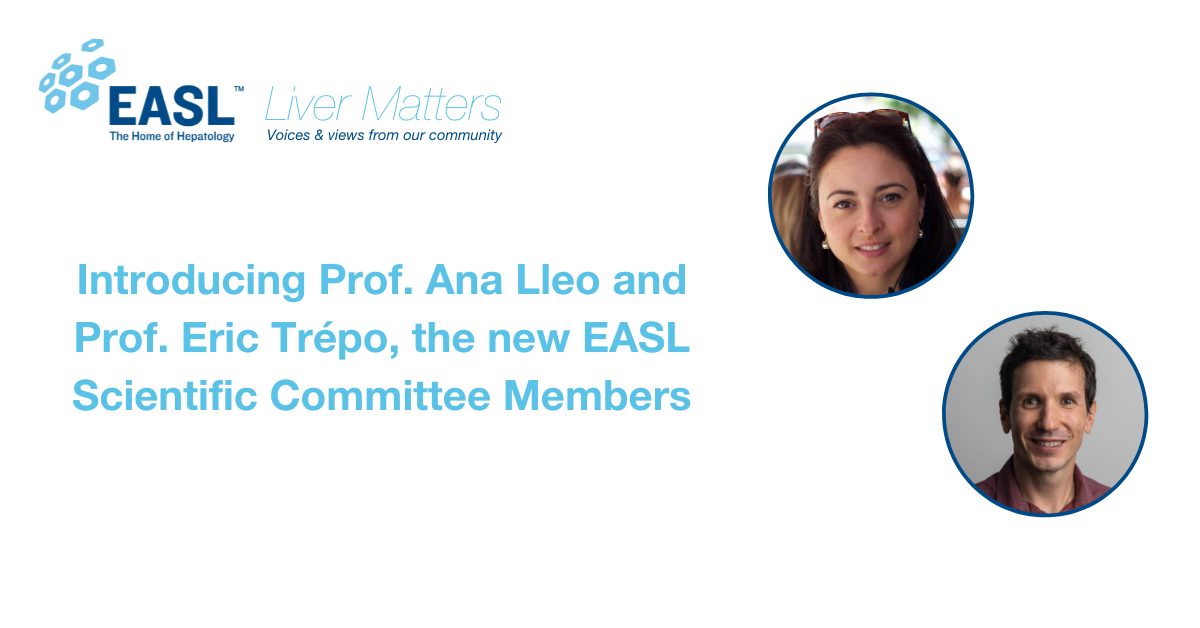
Comments (0)